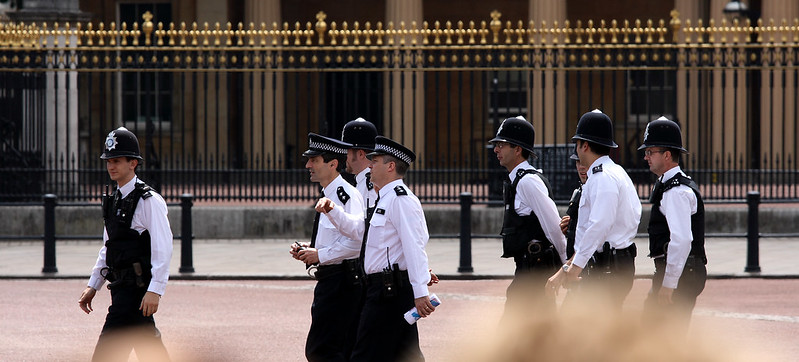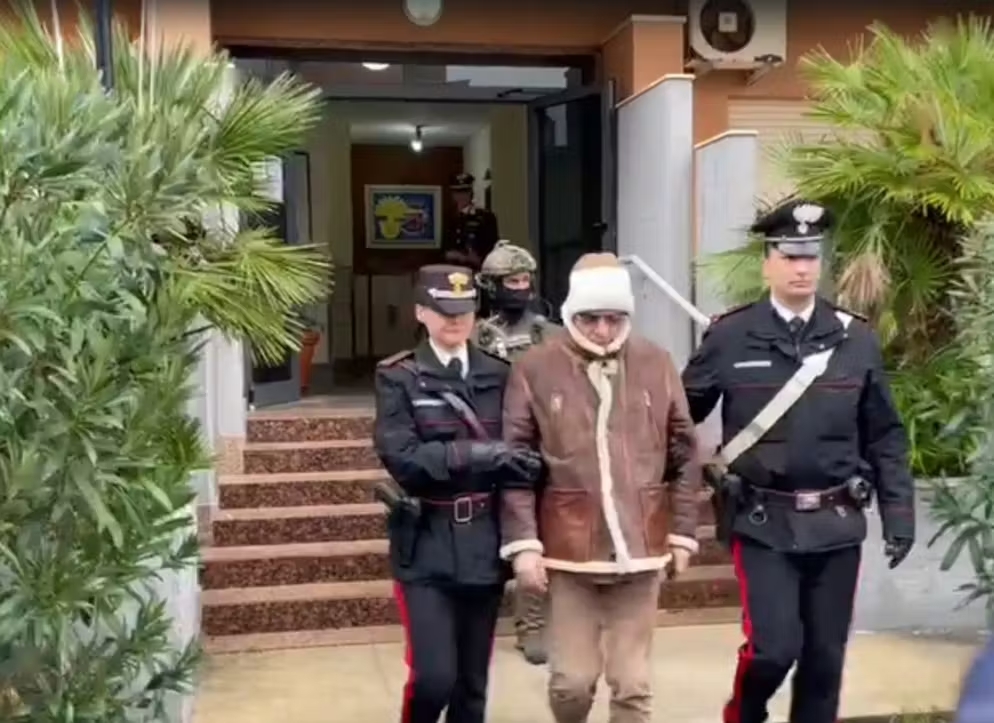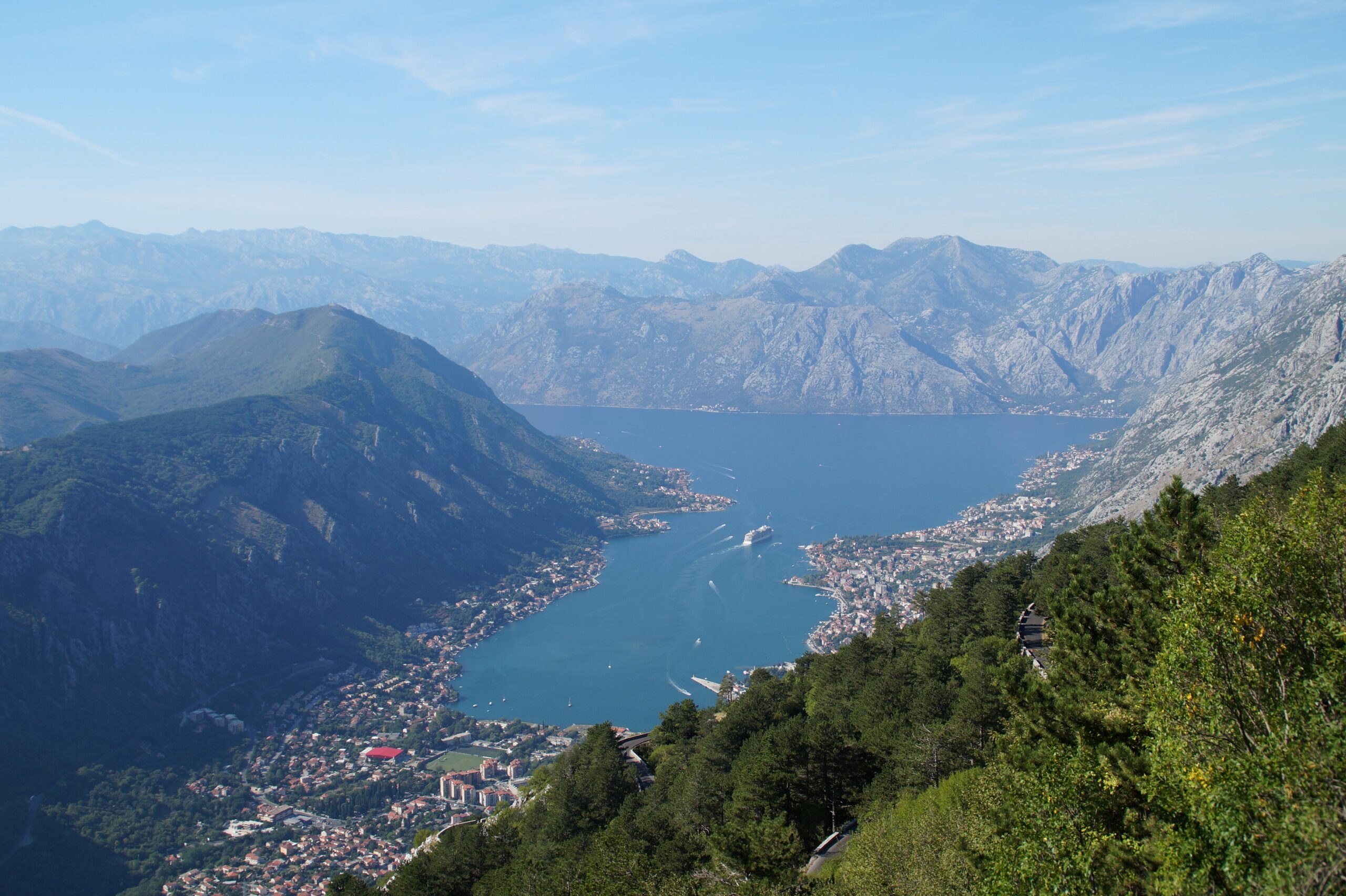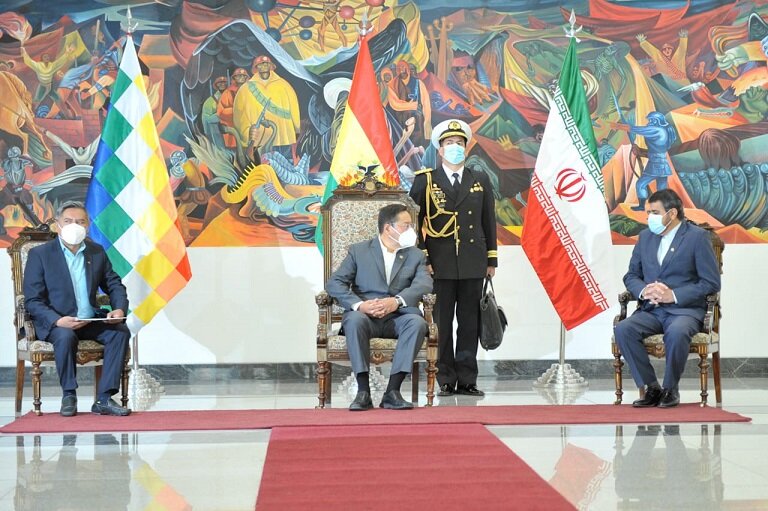Elephant in the Room: Declining use of Covert Tactics in UK Policing
The Regulation of Investigatory Powers Act (RIPA, 2000) outlines an array of covert tactical options available to UK law enforcement agencies; options that provide investigators with the authority to seek out and gather intelligence and evidence. The Act provides a statutory apparatus through which the somewhat grey notion of covert…
Cannabis Legalisation: Undermining or Enabling Organised Crime?
As Germany joins Canada and a handful of American states in legalising the sale, possession and consumption of recreational cannabis, countering organised crime must be at the heart of legislation. After years of intense debate in Germany’s Bundestag, proponents of cannabis legalisation law won out over the bill’s sceptics and…
Catch Me If You Can: Mafia’s Infiltration into Italy’s Healthcare System
This blog joint second place winner of the 2023 winner of the Bill Tupman Prize, submitted in partnership with the ECPR-SGOG Summer School. Essential to millions of Italians, healthcare has not gone untouched by the Mafia’s ever-diversifying business models and influential reach. Rather, inadequate controls may leave an opening for…
Cocaine Hijackers: the PCC Goes Airborne
National authorities suspect that “Primeiro Comando da Capital” (PCC), a powerful Brazilian criminal organization, is behind the theft of several aircrafts in the northern province of Chaco in Argentina. The trend has raised alarms over the PCC’s continued regional and international growth. PCC Presence on the Border with Paraguay Triggers…
Trafficking into Forced Criminality: the Rise of Scam Centres in Southeast Asia
In Southeast Asia, a growing number of scam centres have been identified, where recruits groom victims online to encourage investment in fraudulent schemes. But these recruits are victims themselves; tricked with job offers in another country, they are forced into criminality. Described using the Chinese term Shāzhūpán, or ‘pig-butchering scams’,…
The Criminal Clash between the Montenegrin Kotor Clans
The Škaljarski and Kavački clans are two Montenegrin criminal groups originating from the coastal city of Kotor. Formerly united as a single criminal group, in 2014, the Škaljarski and Kavački clans engaged in a violent clash following the disappearance of 200kg of cocaine from South America, which was hidden in…
(Don’t Just) Lock ‘Em Up: the PCC and the Policy-Paradox of Employing Mass-Incarceration
Any future public security strategy to counter the PCC’s emerging influence in and out of Brazil must reinterpret the role of mass-incarceration in order to interrupt the self-sustaining structure of PCC recruitment and expansion. This is not to claim that imprisonment shouldn’t represent a key punitive and strategic asset against…
The Counterfeit Revolution and the Global Rise of Authoritarianism
The inherent criminality of authoritarianism may be consolidating the business model of global counterfeiting. On a sunny day in the capital of the newly bankrupt Sri Lanka, university students were on the march against the regime thought to be behind rampant corruption. Some students’ t-shirts read bold signs, others sporting…
Organised Crime as a Proxy: When Criminals meet Rogue States and Actors in Latin America
Over the last three decades, the use of Serious and Organised Crime (SOC) groups in Latin America as foreign actor’s proxies, for financial, operational and para-diplomatic reasons, has become increasingly evident. While criminal convergence among SOC groups has been widely studied, the growing convergence between SOC groups and both foreign…
Synthetic Opioid’s North American Footprint: Assessing the Likelihood of the Fentanyl Crisis Engulfing Europe
This blog is the 2023 winner of the Bill Tupman Prize, submitted in partnership with the ECPR-SGOG Summer School. Since 2013, the synthetic opioid crisis has cast a long and tragic shadow over the United States (US), causing over 70,601 overdose deaths in 2022. The rapid and unrelenting spread of fentanyl…










